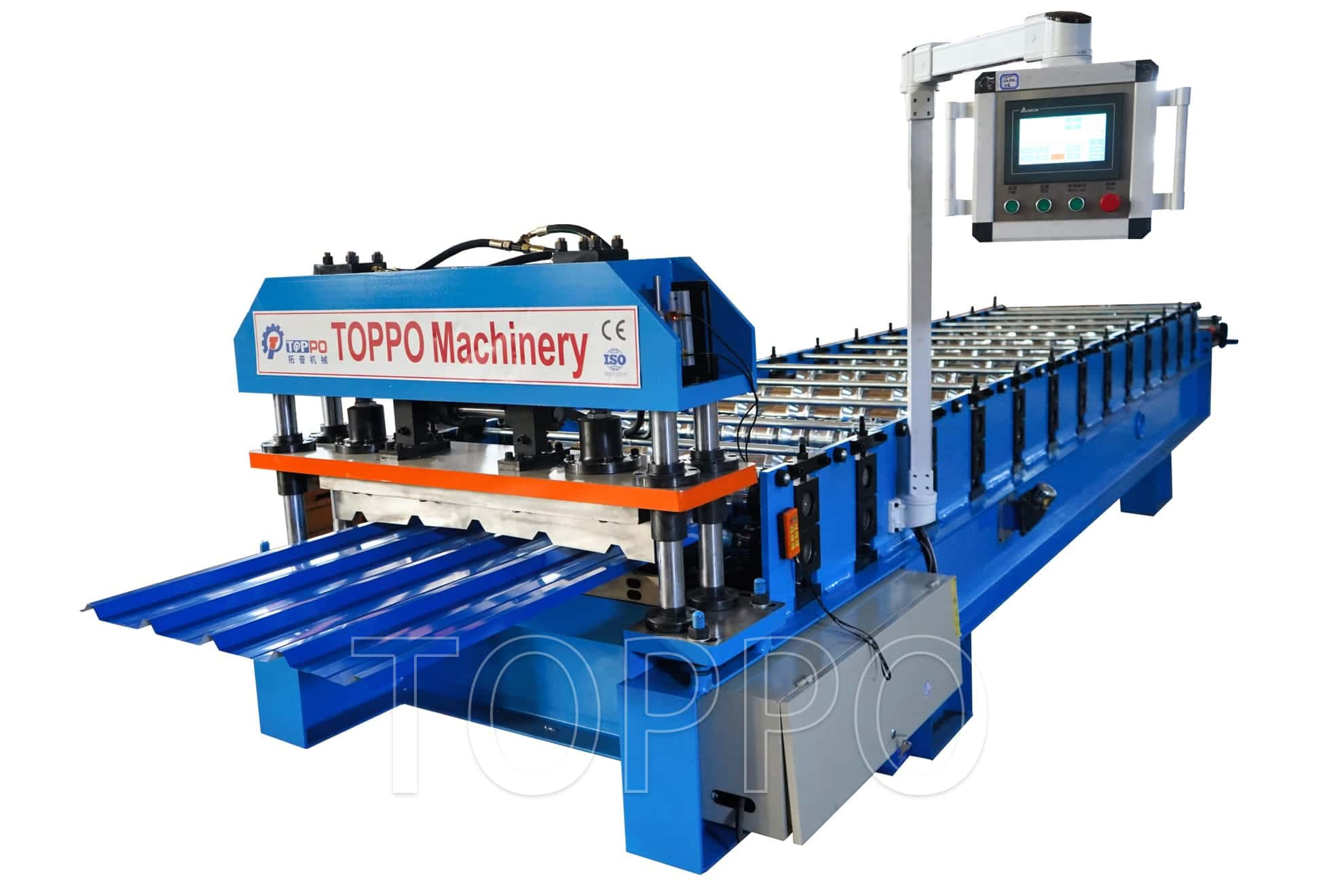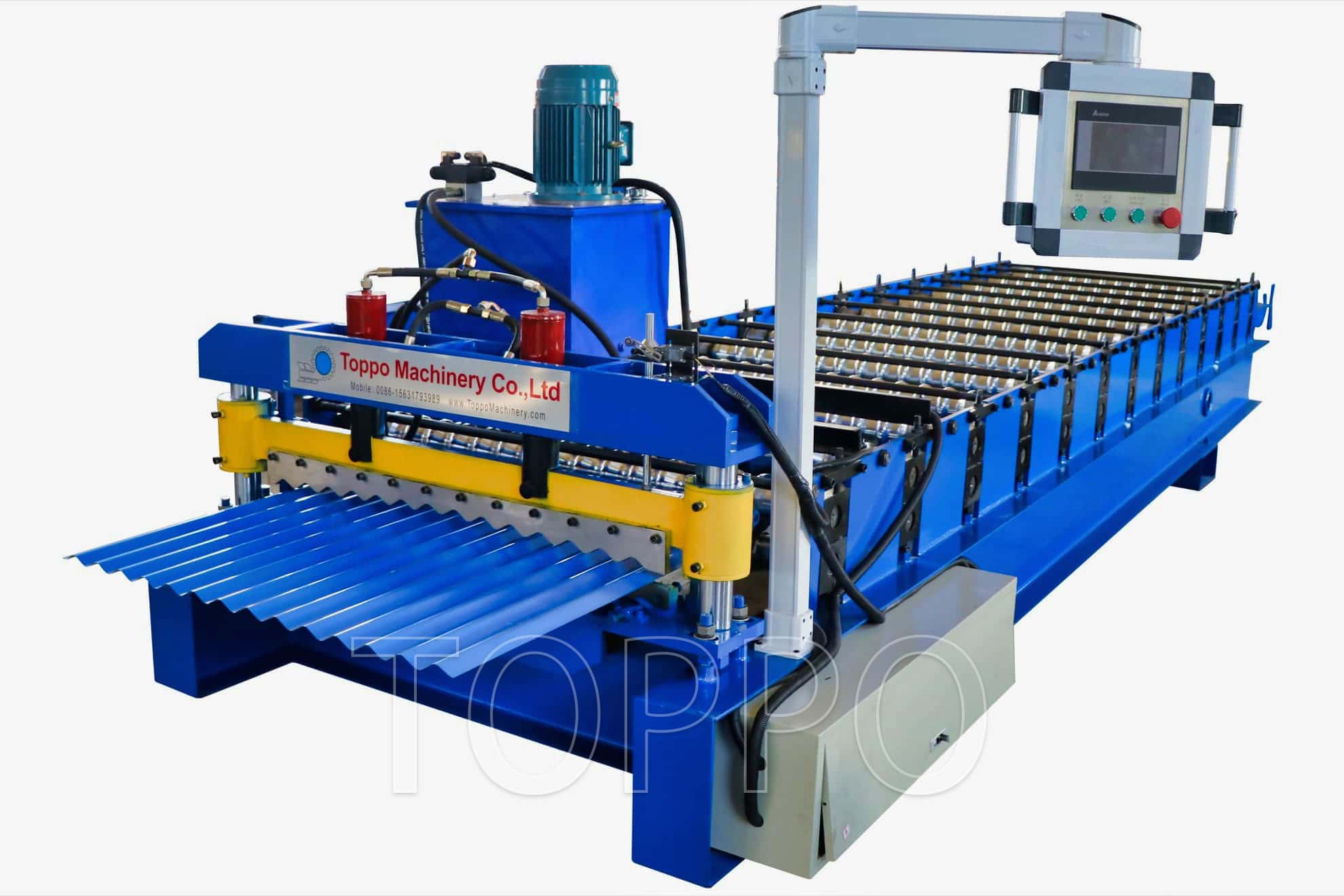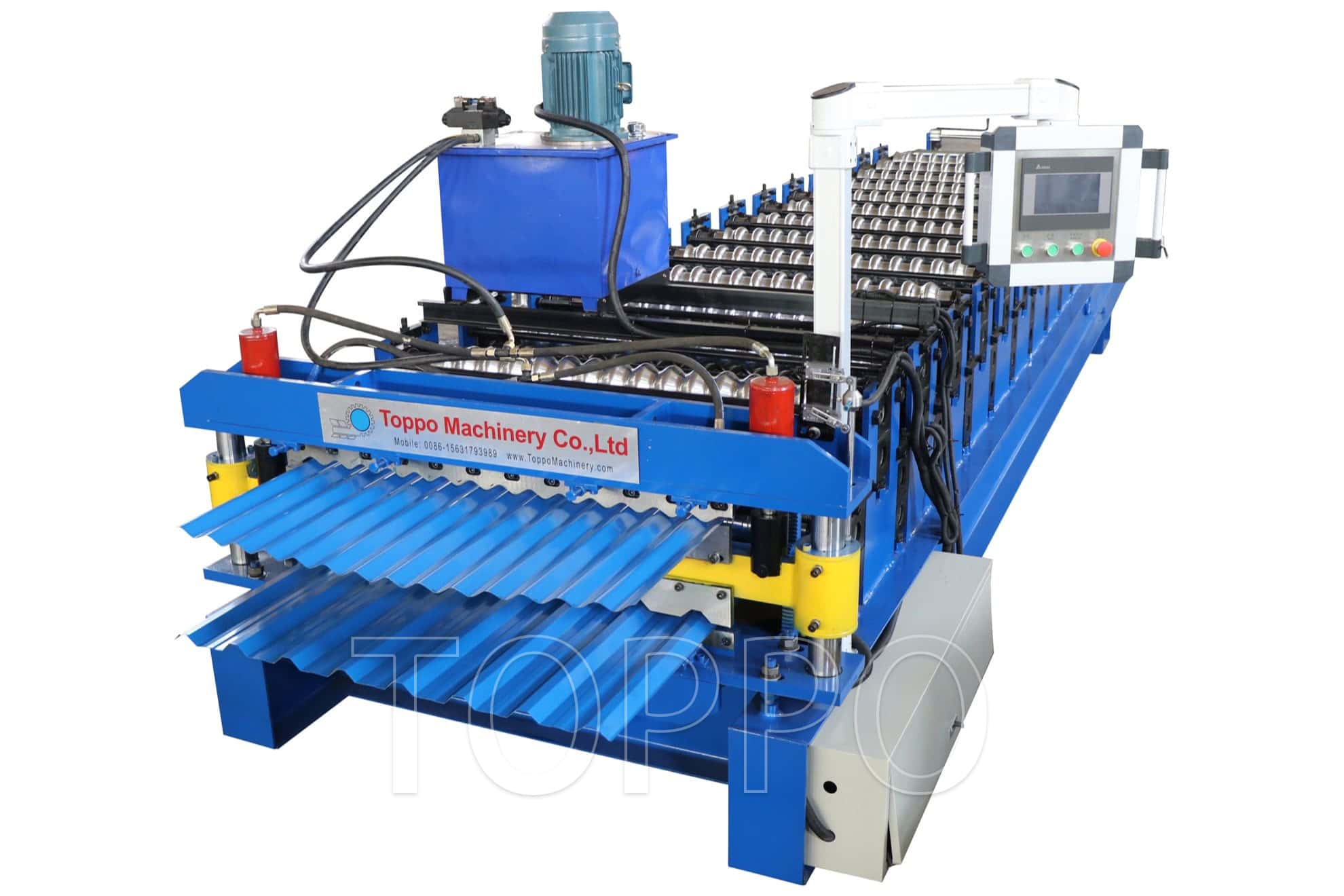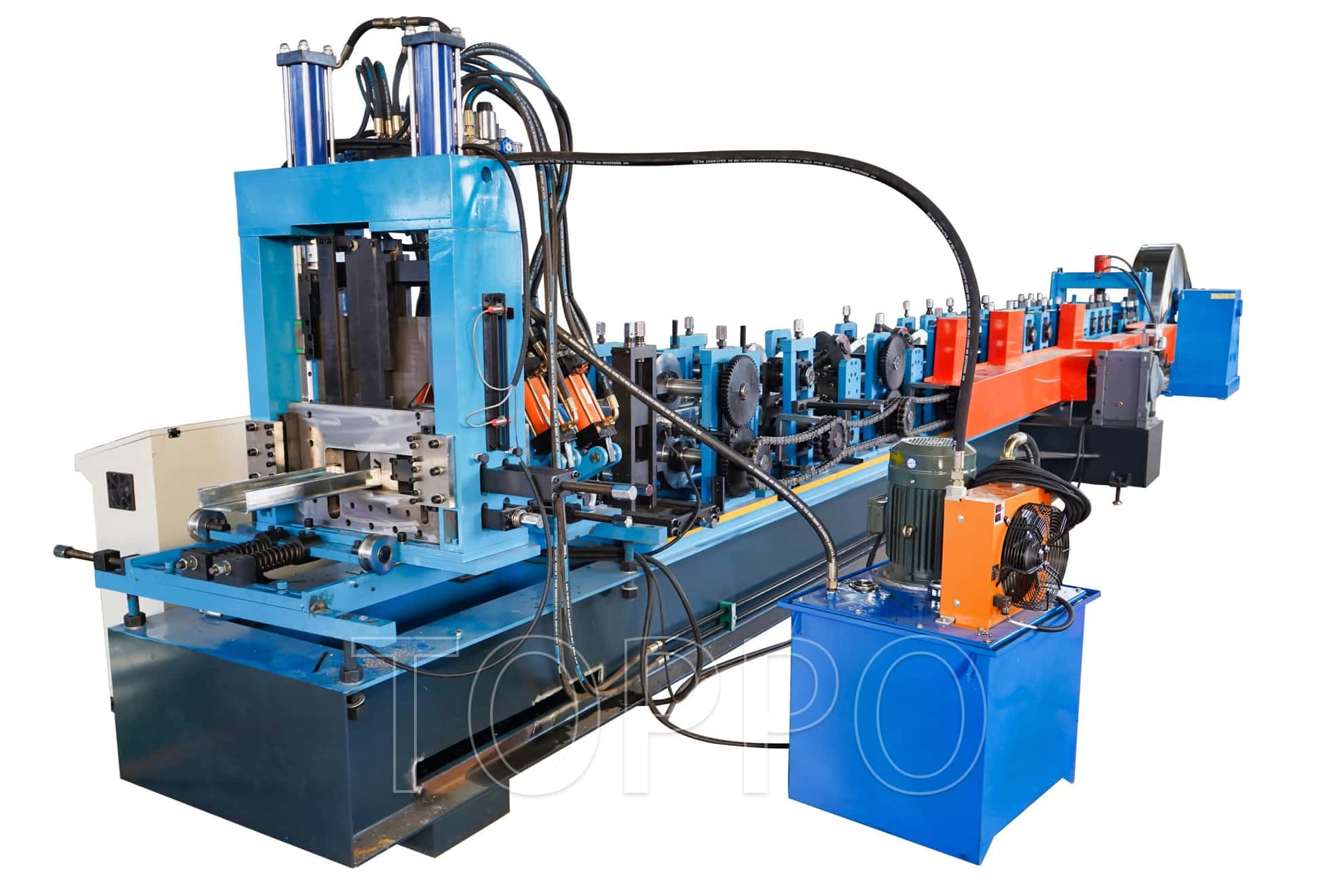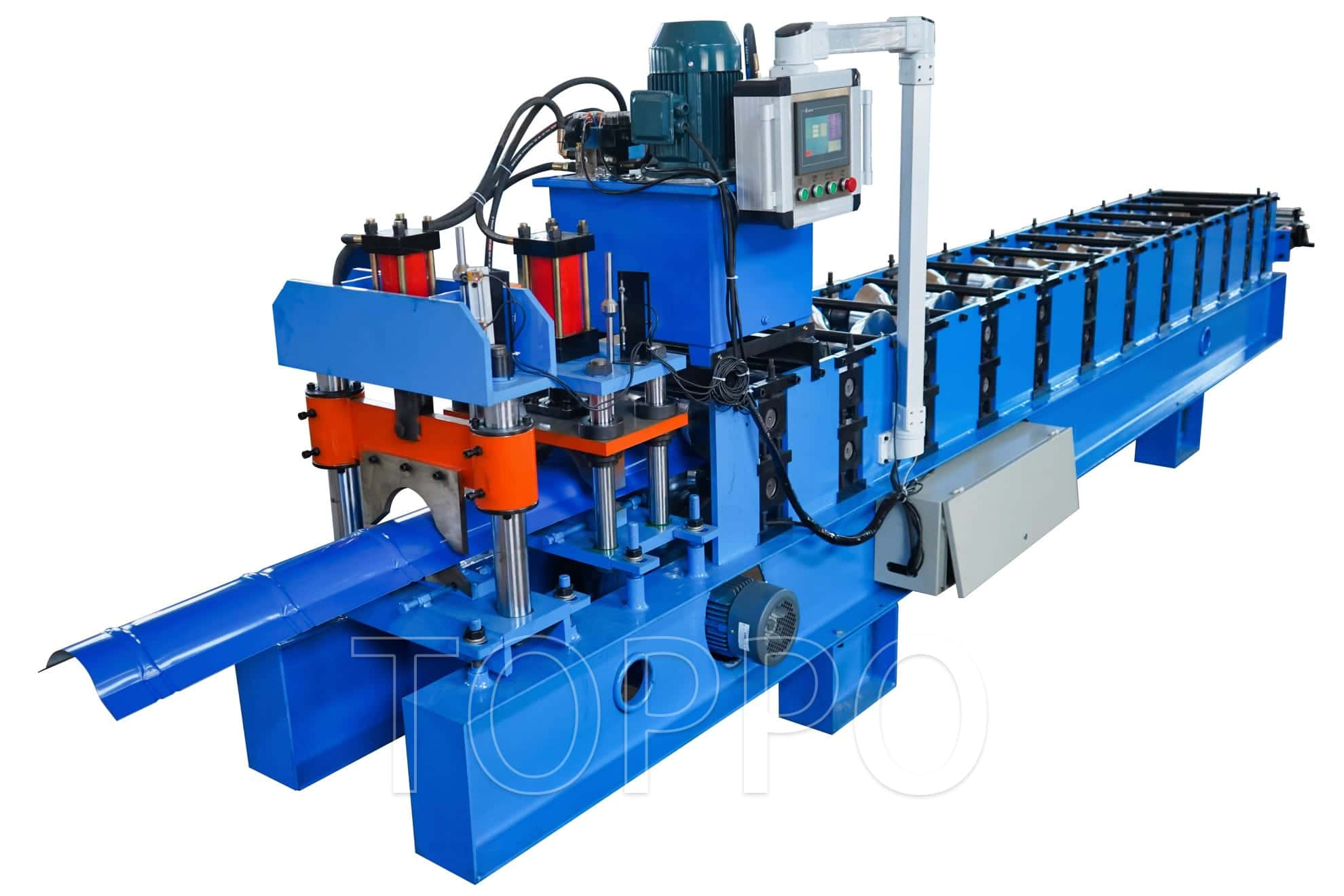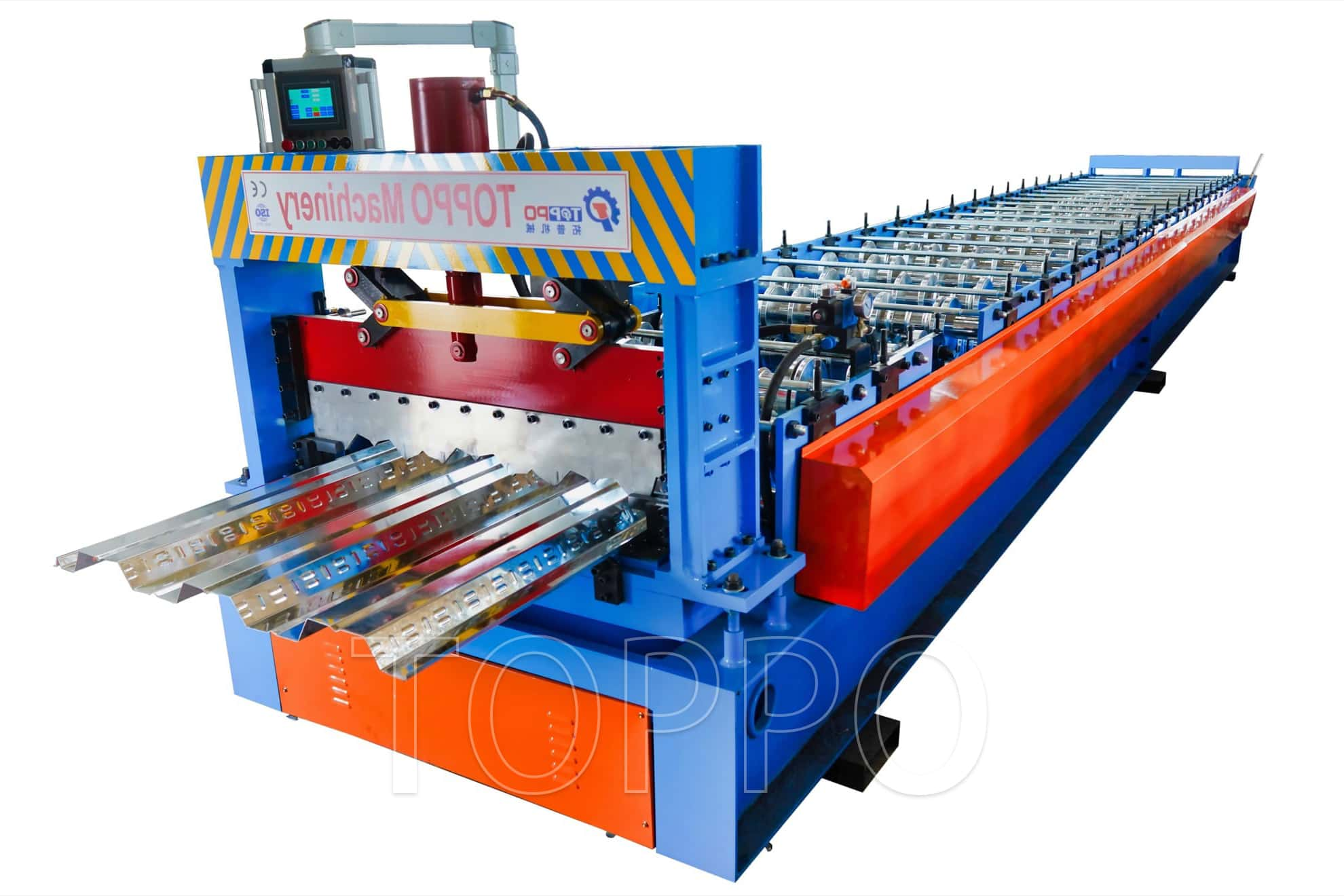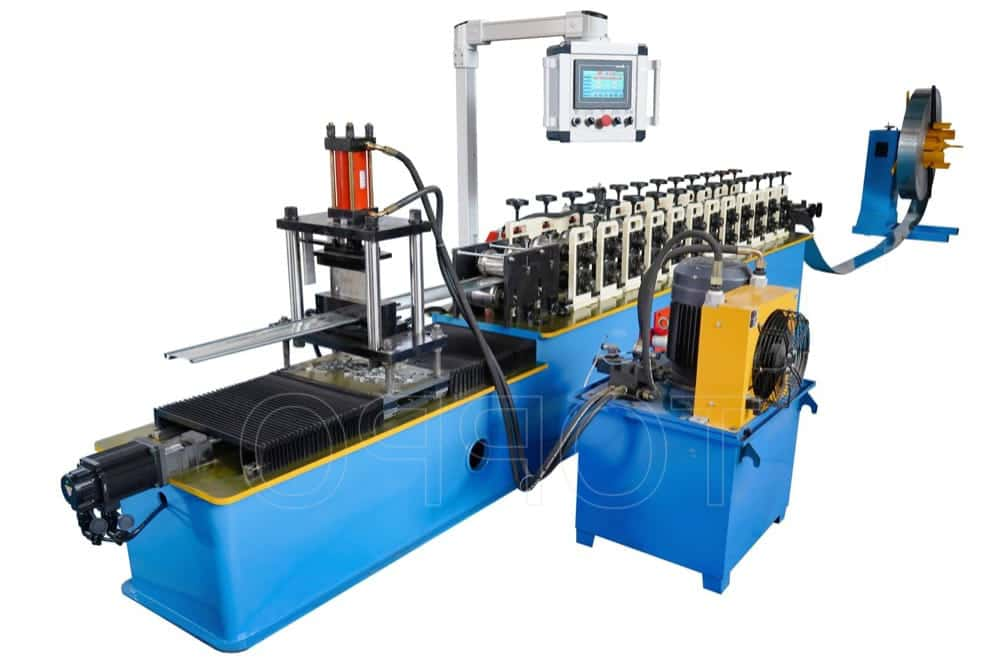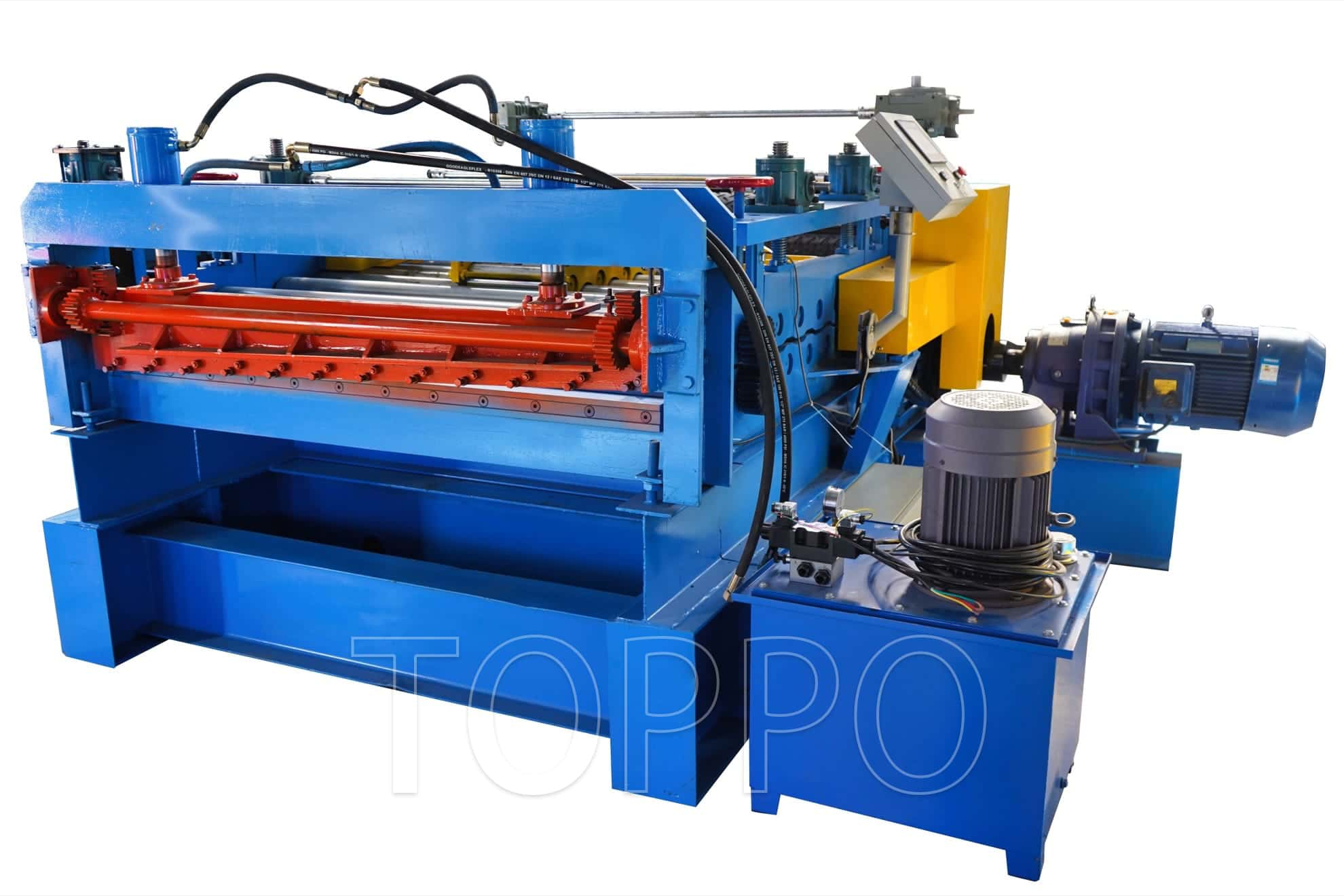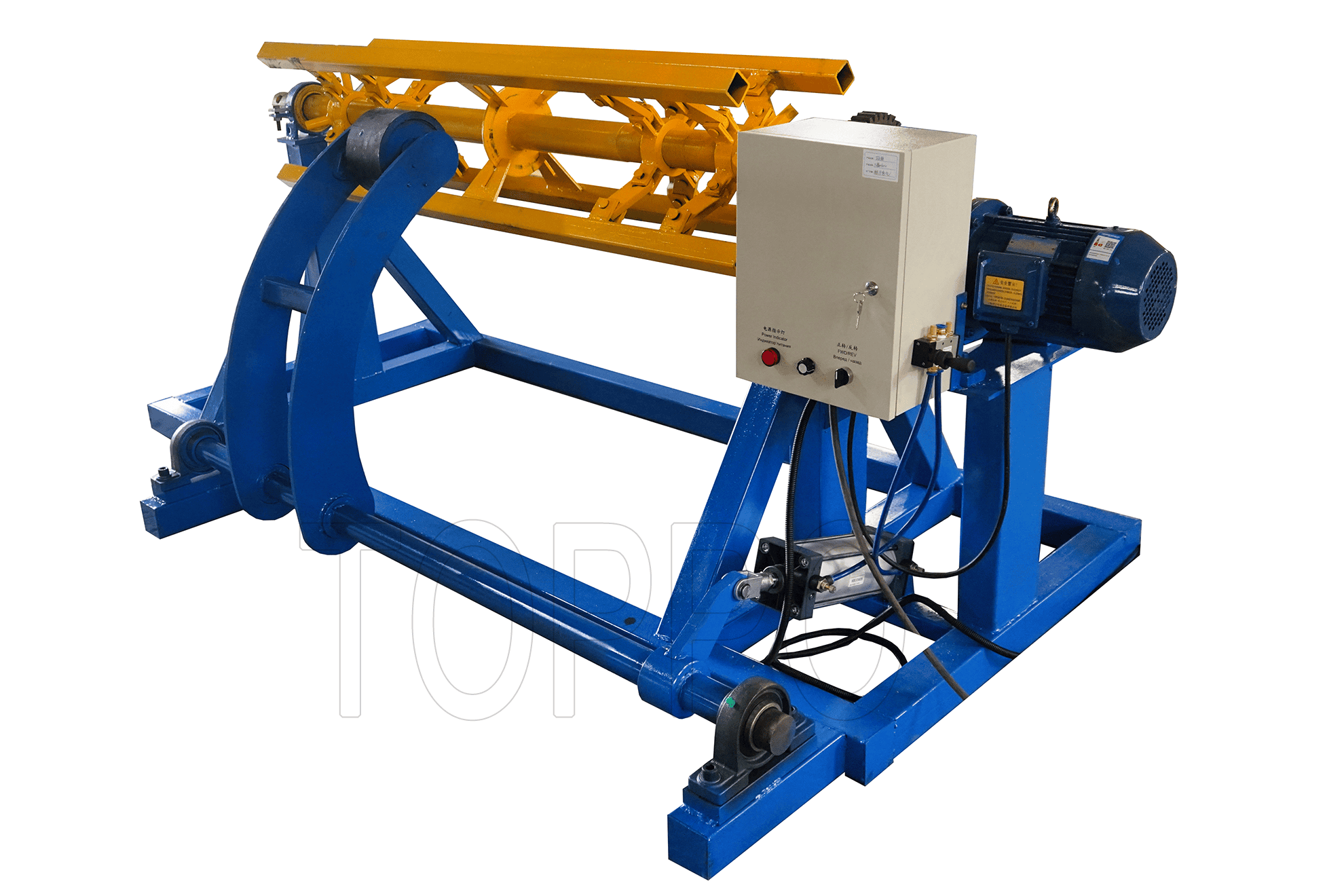- Trapezoidal Machine
- Corrugated Machine
- Glazed Tile Machine
- Double Layer Machine
- CZU Purlin Machine
- Ridge Cap Machine
- Floor Decking Machine
- Rolling Door Machine
- Fence Machine
- Embossing Machine
- Standing Seam Machine
- Cut To Length And Slitting Line
- Guard Rail Machine
- Decoiler And Stacker
- Stud And Track Machine
- Gutter And DownPipe
- Curving Machine
- Cladding Panel Machine
- Corollary Equipment
How to Fix Common Roll Forming Machine Issues for Better Production
Roll forming machines, such as the TR4 color steel metal roof trapezoidal roll forming machine, are an integral part of roofing production. While these machines are efficient and reliable, they can face issues that may hinder production. This article highlights the most common issues with roll forming machines, the steps to fix them, and how to avoid making the same mistakes in the future, with insights on the roof panel making machine and trapezoidal roll forming machine.
Step 1: Misalignment of Rollers
Misalignment of rollers is one of the most frequent issues in roll forming machines. When the rollers are misaligned, it leads to improperly sized or deformed panels. This issue is usually caused by wear and tear of the rollers, or improper machine calibration. To fix this, regularly inspect and calibrate the rollers to ensure they are aligned correctly. You should also inspect the guides and bearings to avoid wear. For the TR4 color steel metal roof trapezoidal roll forming machine, be sure to follow the manufacturer's maintenance schedule to prevent misalignment.
Step 2: Poor Material Feed
Material feed issues can also affect the quality of the final product. If the material is not fed correctly into the machine, it can result in uneven panel thickness or distortion. This problem is often caused by improper tension control or worn-out feed rollers. To fix this issue, make sure the material is properly aligned and that the tension control system is functioning properly. Additionally, check for any obstructions in the material feed system. Using a roof panel making machine alongside the trapezoidal roll forming machine can also help maintain smooth and consistent material flow.
Step 3: Insufficient Lubrication
Lubrication is essential for smooth operation, but lack of lubrication can lead to excessive friction, overheating, and wear. To fix this issue, regularly lubricate the machine's moving parts, such as the rollers and bearings. Make sure to follow the manufacturer's guidelines for the proper type of lubricant and maintenance intervals. Proper lubrication reduces friction, preventing overheating and damage to machine components, thus ensuring longer machine life and better production performance.
Step 4: Overheating of Machine Components
Overheating is a common problem that can occur when a roll forming machine is running continuously for a long period. The TR4 color steel metal roof trapezoidal roll forming machine and other roll forming machines can experience overheating if they do not have adequate cooling systems or if they are overworked. To resolve this, ensure that the machine has proper cooling systems in place. Schedule regular maintenance to clean the cooling components and prevent overheating. Additionally, avoid overloading the machine with excessive material and give it regular breaks to cool down.
Step 5: Case Study – Solving Roll Forming Machine Issues
A roofing manufacturer in Argentina faced recurring issues with misalignment and material feed problems in their TR4 color steel metal roof trapezoidal roll forming machine. After troubleshooting, the company found that improper machine calibration and worn feed rollers were the root causes. By realigning the rollers, calibrating the machine, and replacing the worn-out parts, the manufacturer was able to resolve these issues. As a result, they reduced material waste by 18%, increased production efficiency by 25%, and enhanced overall panel quality.
Conclusion
Common issues with roll forming machines, such as misalignment, poor material feed, insufficient lubrication, and overheating, can significantly impact production efficiency and product quality. However, by regularly maintaining and calibrating the machines, ensuring proper lubrication, and troubleshooting issues promptly, manufacturers can avoid these common pitfalls. The TR4 color steel metal roof trapezoidal roll forming machine, combined with the roof panel making machine, can offer improved flexibility and efficiency if maintained properly. Regular maintenance and operator training are key to ensuring smooth operation and high-quality production.
READ MORE:



